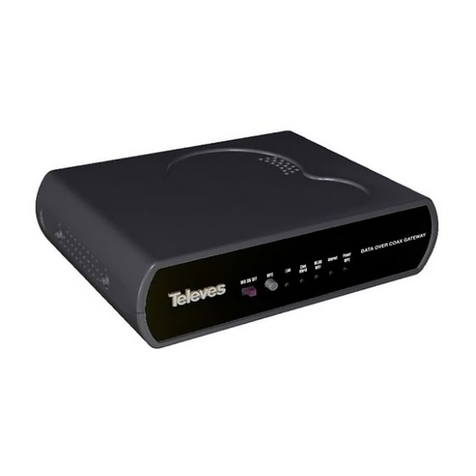ENGLISH
EN
Index
1. Summary.............................................................................................................................................................................................. 11
2. Technical Description...................................................................................................................................................................... 12
2.1 ONT Main Functionalities............................................................................................................................................................... 12
2.1.1 Application Scenario ....................................................................................................................................................................... 12
2.1.2 Interoperability.................................................................................................................................................................................. 13
2.1.3 Services................................................................................................................................................................................................. 14
2.1.4 Policing / Rate Limiting................................................................................................................................................................... 19
2.1.5 Interfaces ............................................................................................................................................................................................. 21
3. General Specications..................................................................................................................................................................... 23
3.1 PON Optical Interfaces.................................................................................................................................................................... 23
3.2 Optical Metering ............................................................................................................................................................................... 24
3.3 Wavelenght Filtering ....................................................................................................................................................................... 24
3.4 GPON/Ethernet characteristics.................................................................................................................................................... 25
3.5 GPON management......................................................................................................................................................................... 25
3.6 RF TV Channel slicing characteristics......................................................................................................................................... 26
3.7 General Features ............................................................................................................................................................................... 26
3.8 Standards............................................................................................................................................................................................. 27
4. Setup ..................................................................................................................................................................................................... 28
4.1 Before installing your ONT device .............................................................................................................................................. 28
4.2 How to Setup your ONT.................................................................................................................................................................. 28
4.3 Interface connection ....................................................................................................................................................................... 30
4.3.1 ONT 769503-SFU............................................................................................................................................................................... 30
4.3.2 ONT 769503-4GE-2FXS ................................................................................................................................................................... 33
4.3.3 ONT 769503-MBH ............................................................................................................................................................................. 35
5. Conguration ..................................................................................................................................................................................... 37
5.1 ONT activation ................................................................................................................................................................................... 37
5.2 Customization.................................................................................................................................................................................... 37




























